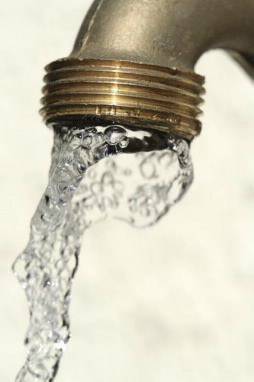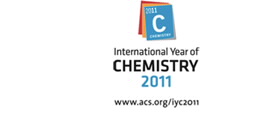EMBARGOED FOR RELEASE | August 31, 2011
“Plastic bottle” solution for arsenic-contaminated water threatening 100 million people
Note to journalists: Please report that this research was presented at a meeting of the American Chemical Society.
DENVER, Aug. 31, 2011 — With almost 100 million people in developing countries exposed to dangerously high levels of arsenic in their drinking water, and unable to afford complex purification technology, scientists today described a simple, inexpensive method for removing arsenic based on chopped up pieces of ordinary plastic beverage bottles coated with a nutrient found in many foods and dietary supplements.
The report was part of the 242nd National Meeting & Exposition of the American Chemical Society (ACS), a major scientific meeting with 7,500 technical papers, being held here this week.
“Dealing with arsenic contamination of drinking water in the developing world requires simple technology based on locally available materials,” said study leader Tsanangurayi Tongesayi, Ph.D., professor of analytical and environmental chemistry at Monmouth University, West Long Branch, N.J. “Our process uses pieces of plastic water, soda pop and other beverage bottles. Coat the pieces with cysteine — that’s an amino acid found in dietary supplements and foods — and stir the plastic in arsenic-contaminated water. This works like a magnet. The cysteine binds up the arsenic. Remove the plastic and you have drinkable water.”
Media Contact
During the meeting, Aug. 25-Sept. 1, the contacts can be reached at: 303-228-8532
Michael Bernstein
202-872-6042
m_bernstein@acs.org
Michael Woods
202-872-6293
m_woods@acs.org
Tongesayi described laboratory tests of the plastic bottle arsenic removal method on water containing 20 parts per billion (ppb) of arsenic, which is two times the safe standard set by the U.S. Environmental Protection Agency for drinking water. It produced drinkable water with 0.2 ppb of arsenic that more than meets the federal standard.
The technology is so straight-forward that people without technical skills can use it, Tongesayi said, citing that as one of its advantages over some of the existing arsenic-removal technologies. It can use discarded plastic bottles available locally, and the application of cysteine does not require complicated technology. Tongesayi is seeking funding or a commercial partner, which he said is the key to moving the arsenic-removing process into use in a relatively short time. The technology also has the potential for removing other potentially toxic heavy metals from drinking water.
Odorless, tasteless and colorless, arsenic enters drinking water supplies from natural deposits in soil and rock that occur in some parts of the world, including parts of the United States, and from agricultural and industrial sources. Symptoms of arsenic poisoning include thickening and discoloration of the skin; stomach pain, nausea, vomiting and diarrhea; vision loss; and numbness in hands and feet. Arsenic also has been linked to cancer of the bladder, lungs, skin, kidney, nasal passages, liver and prostate.
###

extract deadly arsenic from drinking water could
dramatically improve health in underdeveloped
nations.


